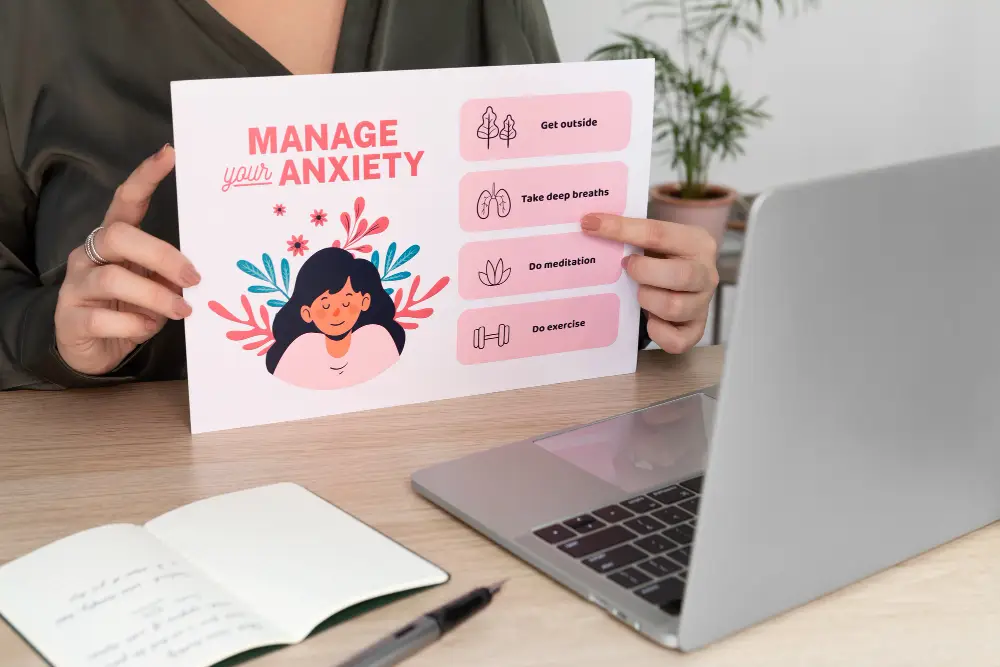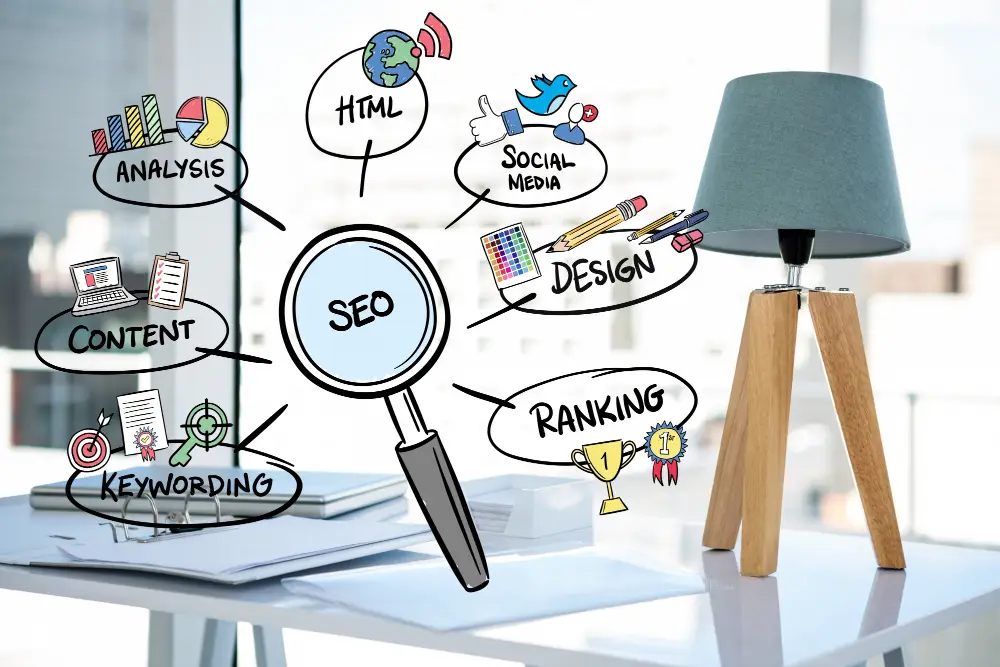The success of a landing page hinges on its ability to convert visitors into leads or customers. While design and functionality are crucial, the copy on your landing page plays an equally important role. By incorporating psychological triggers into your landing page copy, you can significantly enhance its persuasive power and boost conversion rates. This article delves into the science of conversion and explores key psychological triggers you can use in your landing page copy.
The Psychology of Conversion
Conversion psychology involves understanding and leveraging human behavior and cognitive biases to influence decision-making. By tapping into these psychological principles, you can create compelling copy that resonates with your audience and motivates them to take action. Here are some of the most effective psychological triggers to consider.
1. Scarcity

Scarcity is a powerful motivator. When people perceive that a product or offer is limited, they are more likely to act quickly to avoid missing out.
How to Use Scarcity:
- Limited-Time Offers: Highlight time-sensitive promotions with phrases like “Limited time only” or “Offer ends soon.”
- Low Stock Alerts: Use copy such as “Only a few left in stock” to create urgency.
2. Social Proof

Social proof leverages the influence of others’ actions and opinions to build trust and credibility. When potential customers see that others have had positive experiences, they are more likely to convert.
How to Use Social Proof:
- Testimonials: Feature customer testimonials and reviews prominently on your landing page.
- Case Studies: Share detailed case studies that showcase successful outcomes for your clients.
- User Numbers: Highlight the number of satisfied customers or social media followers to demonstrate popularity.
3. Authority

People tend to trust and follow the advice of experts and authoritative figures. Establishing your brand as an authority can increase credibility and persuade visitors to take action.
How to Use Authority:
- Expert Endorsements: Include endorsements from industry experts or influencers.
- Credentials: Highlight your credentials, awards, or certifications to establish authority.
- Media Mentions: Showcase any mentions of your brand in reputable media outlets.
4. Reciprocity

The principle of reciprocity suggests that people feel compelled to return favors. By offering something of value for free, you can encourage visitors to reciprocate by taking the desired action.
How to Use Reciprocity:
- Free Resources: Offer free resources such as eBooks, guides, or trials in exchange for contact information.
- Exclusive Content: Provide access to exclusive content or discounts for those who sign up or make a purchase.
5. Consistency

People prefer to act in ways that are consistent with their previous actions and beliefs. Encouraging small commitments can lead to larger ones over time.
How to Use Consistency:
- Micro-Conversions: Use calls to action (CTAs) that encourage small, low-commitment actions, such as signing up for a newsletter.
- Sequential Requests: Start with a small request before gradually increasing the commitment level.
6. Liking

We are more likely to be influenced by people we like. Building a connection and rapport with your audience can make them more receptive to your message.
How to Use Liking:
- Relatable Stories: Share relatable stories that resonate with your audience’s experiences and emotions.
- Personalization: Personalize your copy to address the reader directly and make them feel valued.
- Authenticity: Be authentic and transparent in your messaging to build trust and likability.
7. Anchoring

Anchoring involves using an initial piece of information to influence subsequent judgments. This can be particularly effective in pricing strategies.
How to Use Anchoring:
- Price Comparisons: Display the original price alongside the discounted price to emphasize the value of the offer.
- Tiered Pricing: Offer multiple pricing tiers, with the highest tier serving as an anchor to make the other options appear more affordable.
8. Fear of Missing Out (FOMO)

FOMO is a powerful motivator that taps into the fear of missing out on something valuable. It can drive immediate action and increase conversions.
How to Use FOMO:
- Urgent Language: Use urgent language in your CTAs, such as “Act now” or “Don’t miss out.”
- Real-Time Updates: Show real-time updates on how many people are viewing or purchasing a product to create a sense of urgency.
Conclusion
Incorporating psychological triggers into your landing page copy can significantly enhance its persuasive power and boost conversion rates. By understanding and leveraging principles such as scarcity, social proof, authority, reciprocity, consistency, liking, anchoring, and FOMO, you can create compelling copy that resonates with your audience and motivates them to take action.


